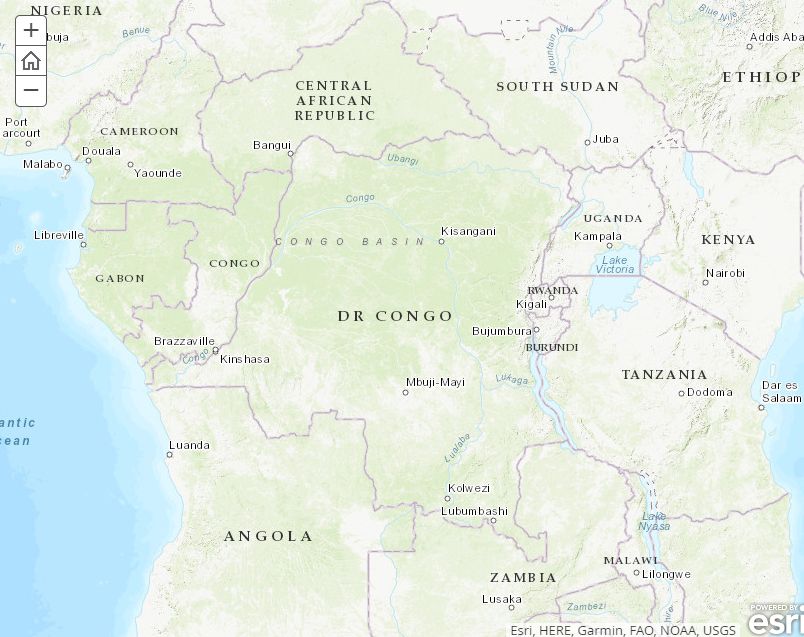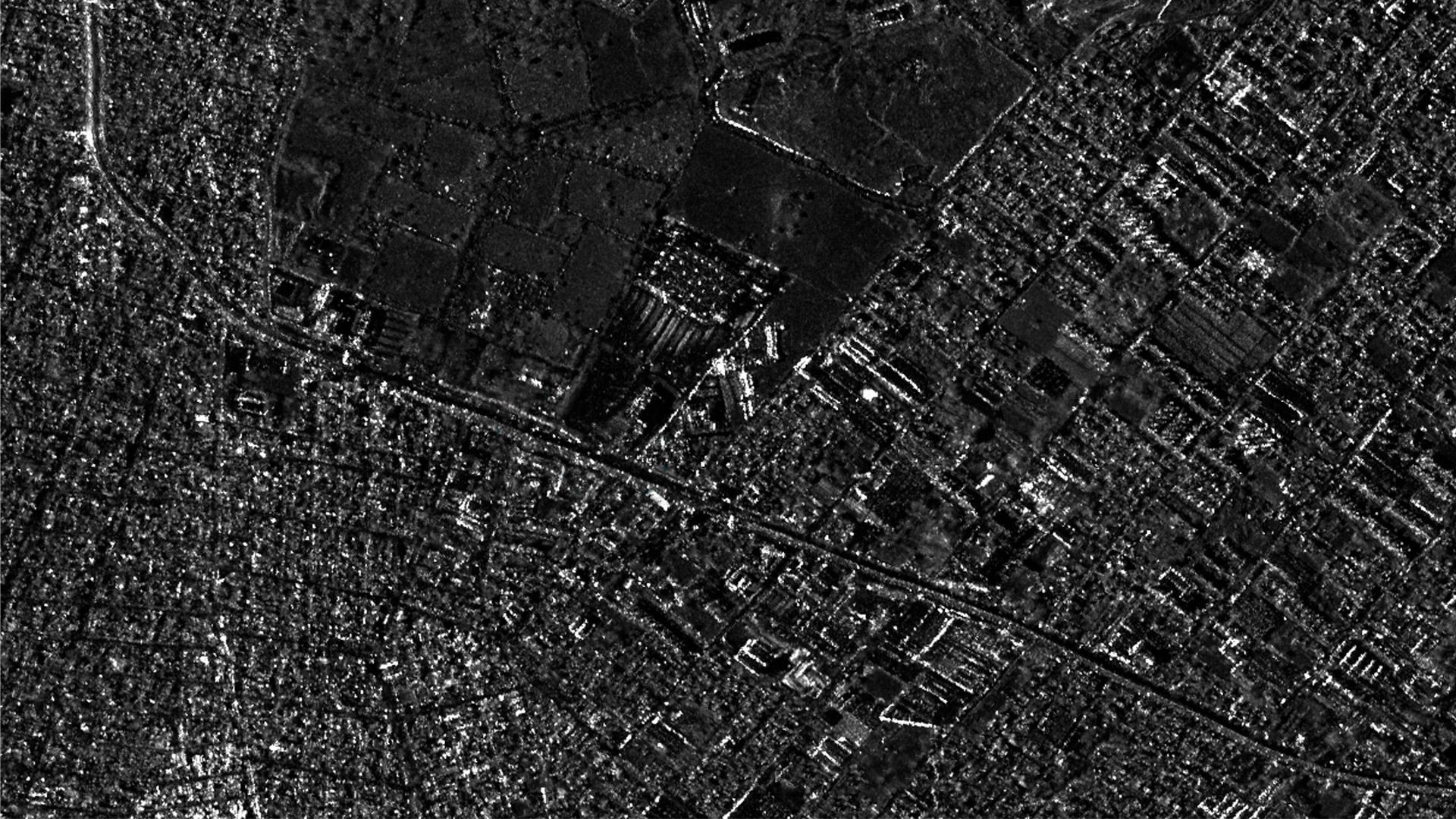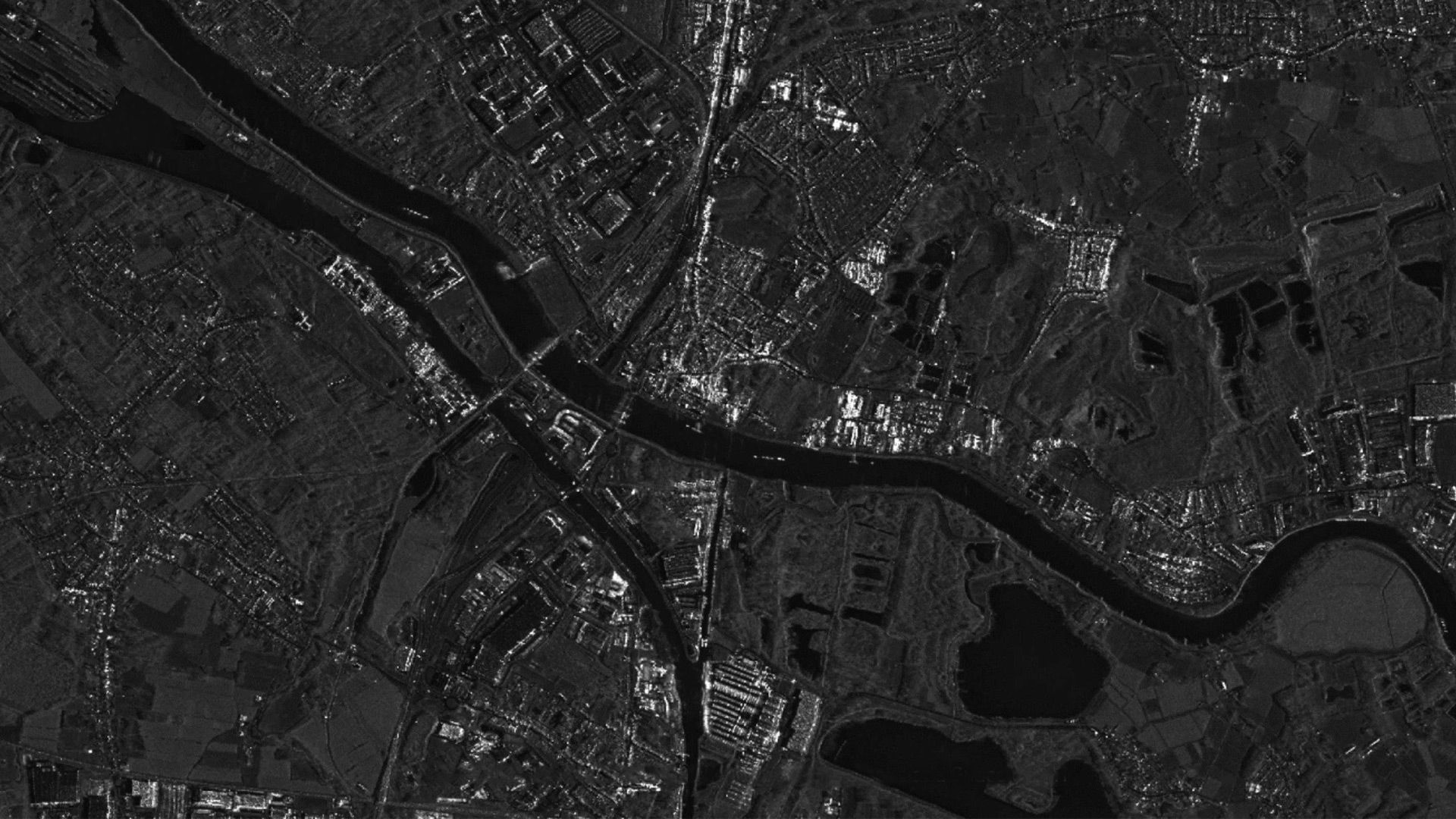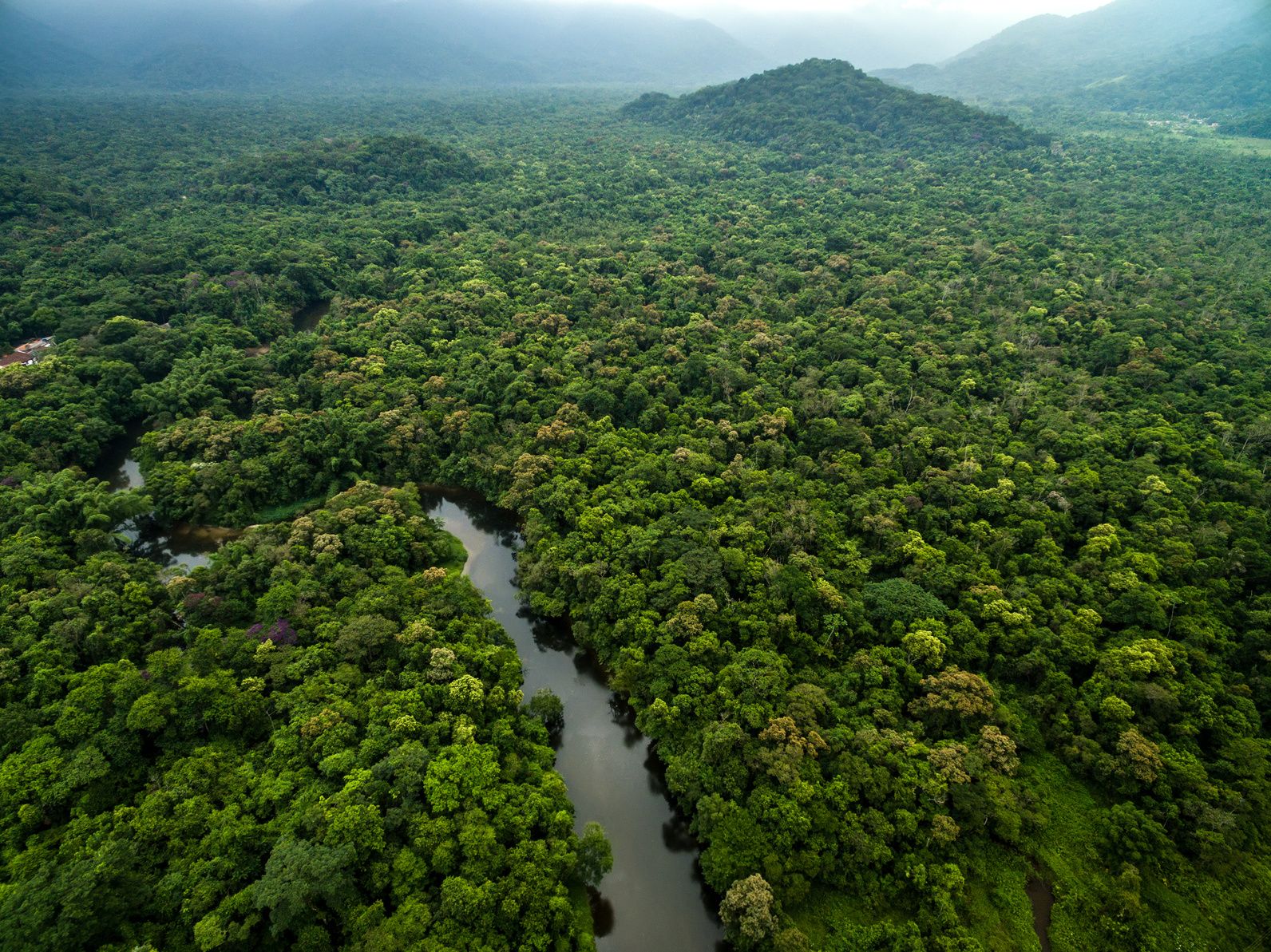
Home
Newsroom
Case Studies
various
Providing African Cities with ...
Providing African Cities with Safe Access to Drinking Water Using Elevation1
320 Million people in Africa do not have access to drinking water. Armed conflicts exacerbate the situation even further. To prevent epidemics linked to hydric diseases, the International Committee of the Red Cross (ICRC) is engaged in providing safe access to drinkable water.

Challenge
In partnership with the REGIDESO (Régie de distribution d'eau), the ICRC constructed waterworks in Goma, the Congo. Occasionally, these need to be repaired. A specialised taskforce of engineers and construction specialists has been put in place to support this and at the same time develop a water system master plan allowing the population better access to drinkable water in Goma and other African regions. The master plan needs to be based on an exact analysis of the region’s topography to enable evaluation of the risk of mudflows, assessment of the slopes to determine where to position pipes and to estimate the water network. And all this within a short period of time on a restricted budget and with limited access to often conflict and violence-riddled areas where situations can escalate rapidly.


Our Solution
Airbus Defence and Space provided ICRC with its Pléiades-based Elevation1 Digital Terrain Model (DTM). By using this one metre DTM, the ICRC was able to position the pipes with a high level of modelisation due to a precise elevation model. Combined with GCPs (Ground Control Points), the accuracy was extremely precise.
This technology is essential to determine where the drainage basin was and measure the risk of flows which could, in turn, endanger the hydraulic infrastructure.

Cost-effective and time-saving, the Elevation1 DTM helped the ICRC make informed decisions about the project, choosing the right material, measuring precisely and designing the best infrastructure possible. The use of bare Earth elevations is a key success factor in the planning process.
Thanks to the ICRC’s action, 50% of the inhabitants of Goma will soon have a facilitated access to drinkable water.
Pléiades-Based Elevation1 Digital Terrain Model
The Airbus Defence and Space Elevation1 product is a Pléiades-based terrain model (DTM) representing the bare Earth. With a resolution of one metre, it offers a very high vertical accuracy of up to 1.5 metres, when combined with ground control points (GCPs). Elevation1 is ideal for hydrological applications.
Benefits
Local resources are usually unqualified, the access is limited because of ongoing conflict, and it is a fast-changing environment. DTMs are cost-effective, time saving and facilitate the decision-making process. As such, they are essential for the analysis phase that helps sizing the area.
- Cost-effective:
The ratio profitability/return on investment is really high. If unable to deploy a team on the ground to analyse the topography, satellite-based elevation models allow remote access to a complete and accurate representation of the area targeted. - Time-saving:
Conflicts evolve fast; the area tends to get urbanised quickly. The timeframe to act is usually short. - Facilitate the decision-making process and planning:
Building a water system master plan requires precise, real factual data. The use of DTM allows the ICRC to make the right choice regarding the design of the infrastructure. Making planning easy with Elevation1 DTMs.

Established in 1863, the International Committee of the Red Cross (ICRC) is an independent and neutral organisation that operates worldwide.
In Africa, by providing water, creating or maintaining a sustainable living environment, they contribute to reducing death and suffering due to damage to infrastructure or disruption to water supplies.
Want to know more?
Our sales team will be happy to provide you more information about this case study and how it can meet your business needs.




